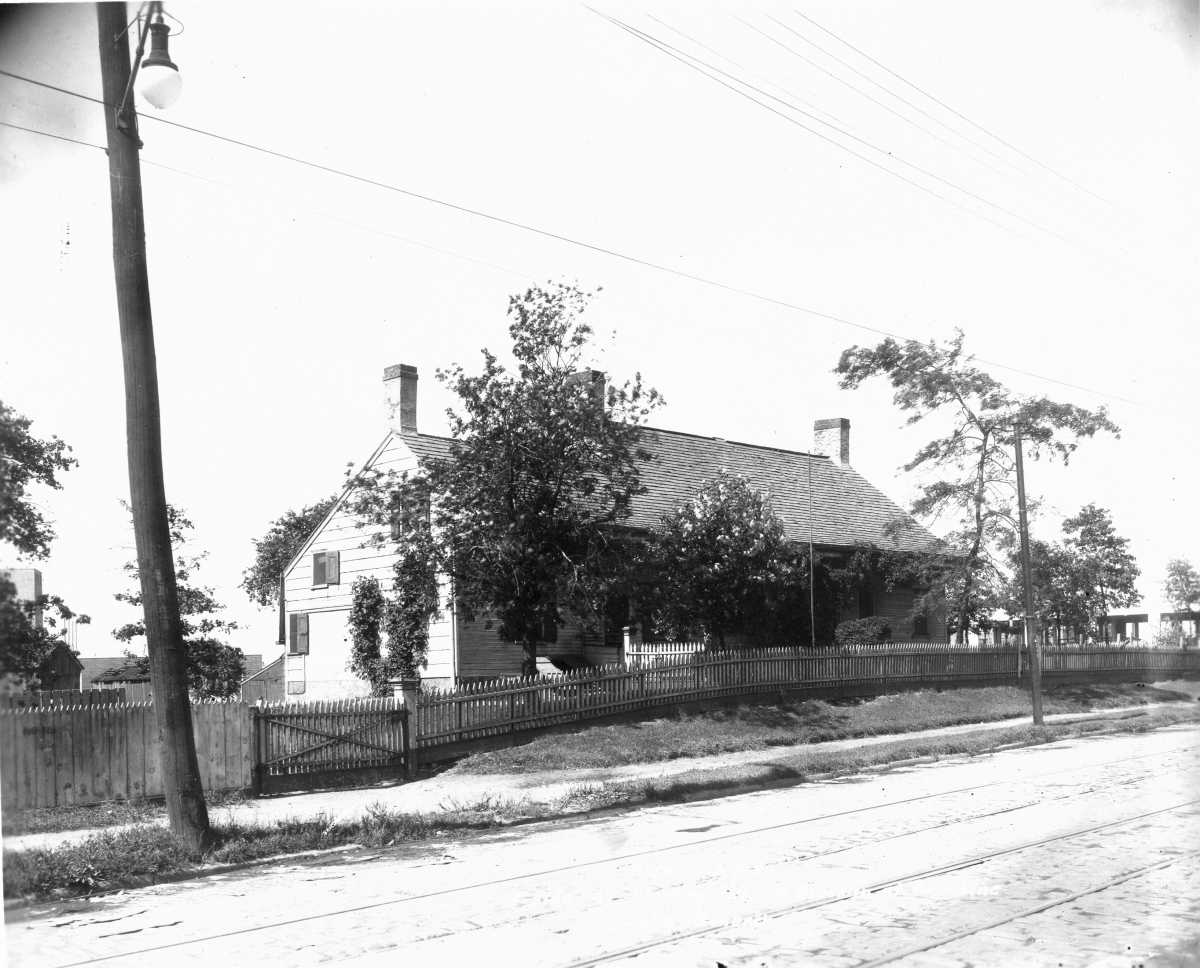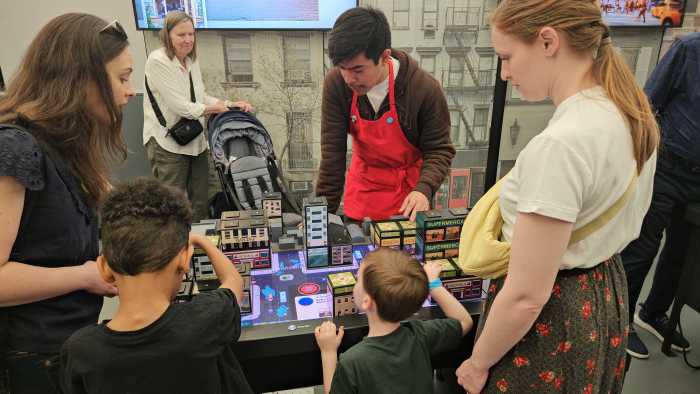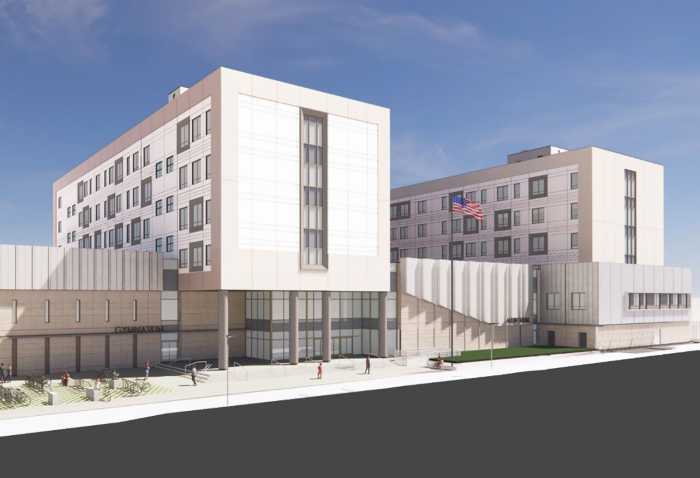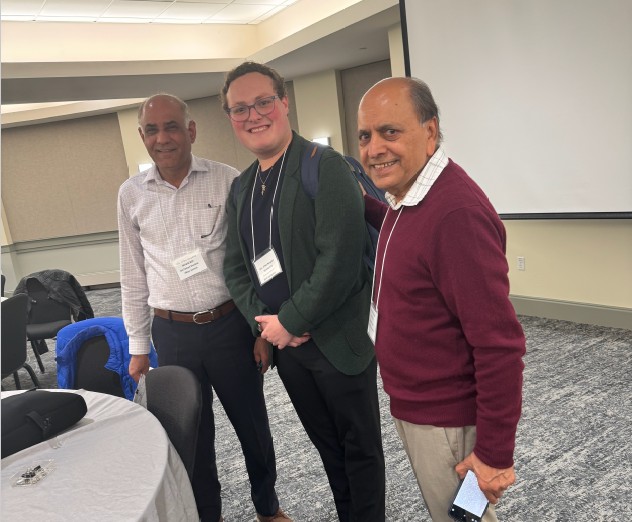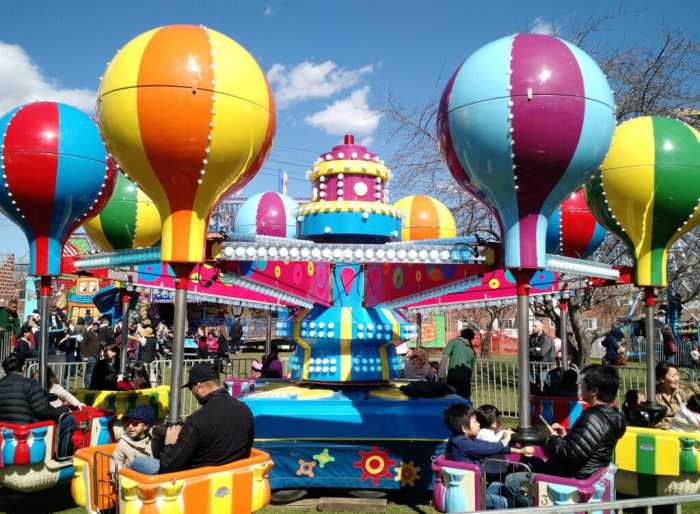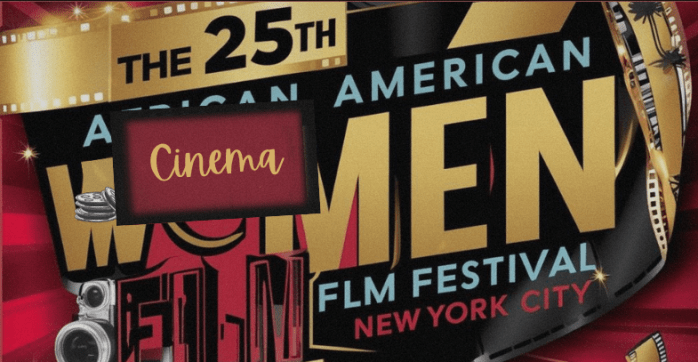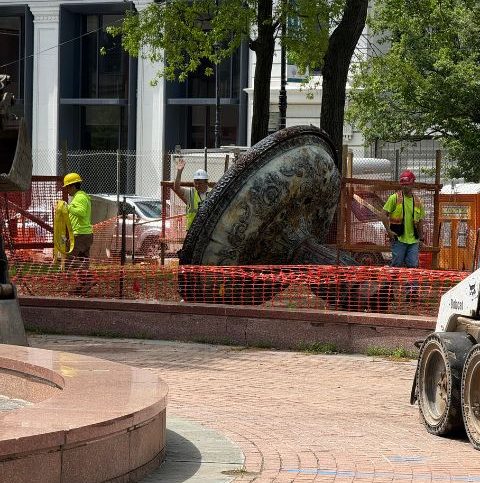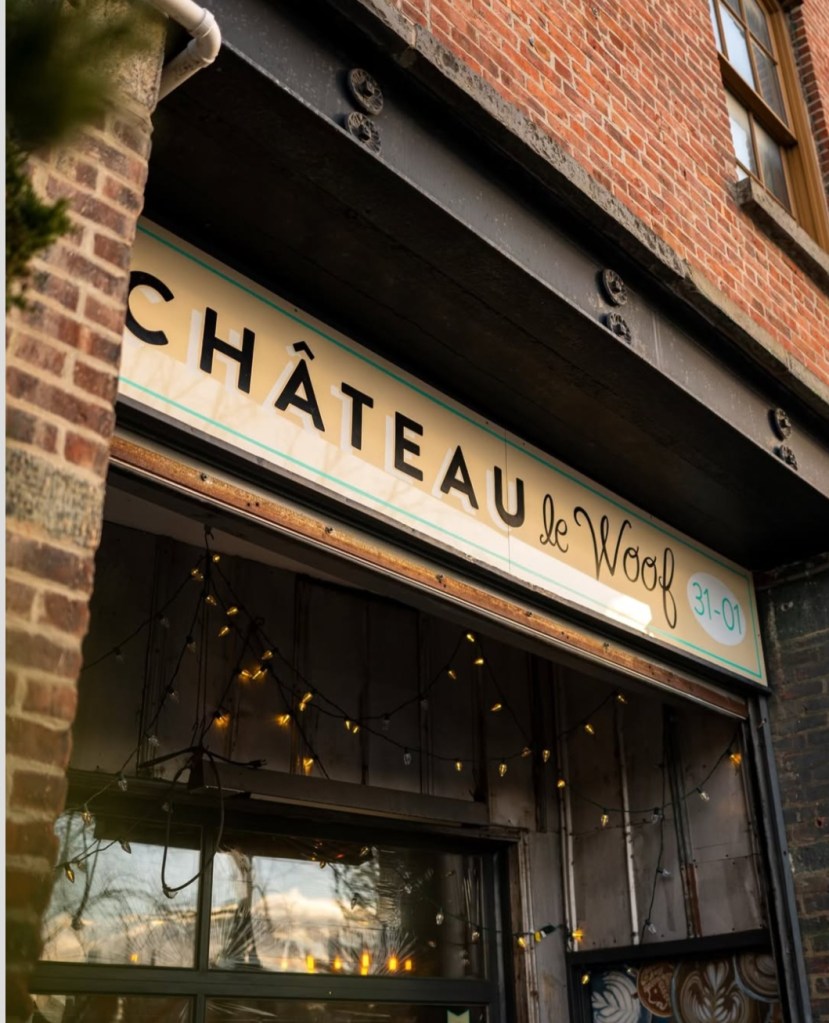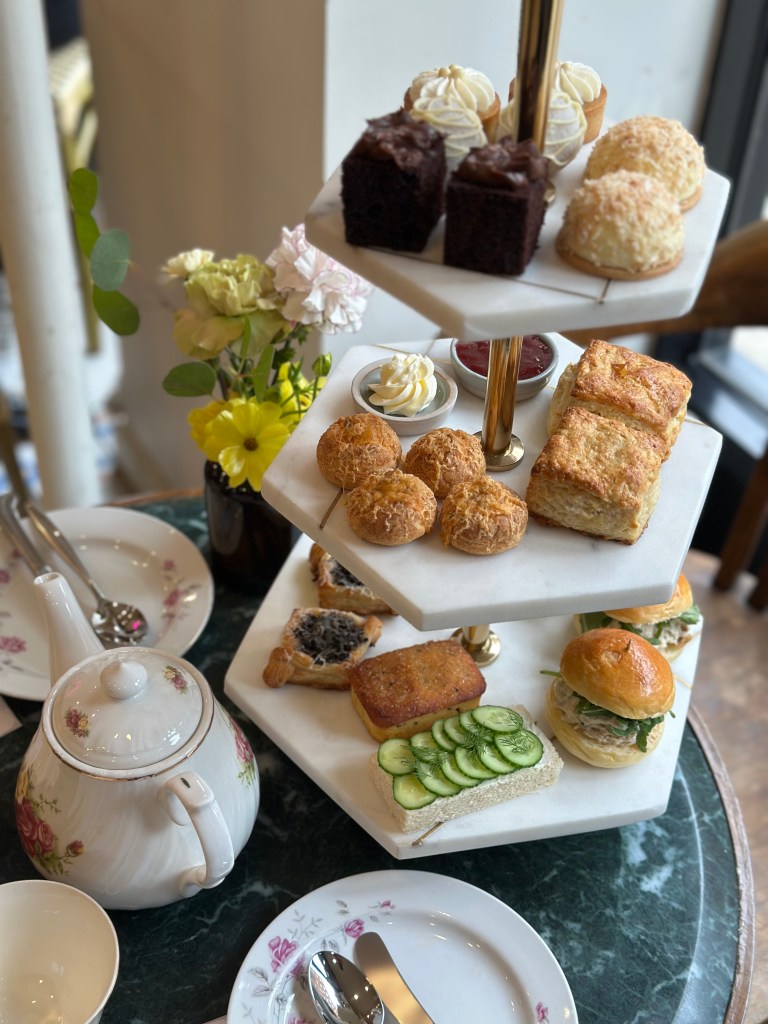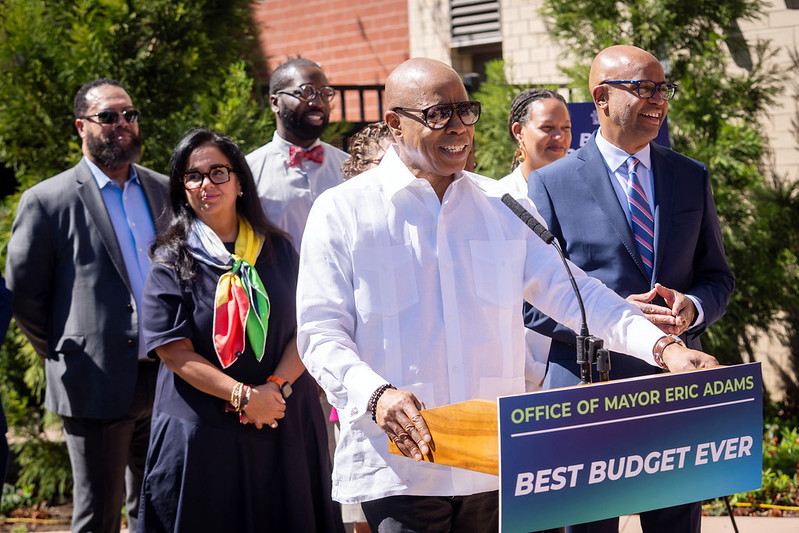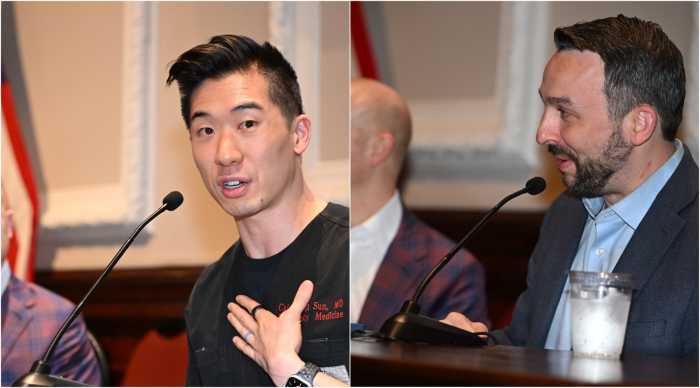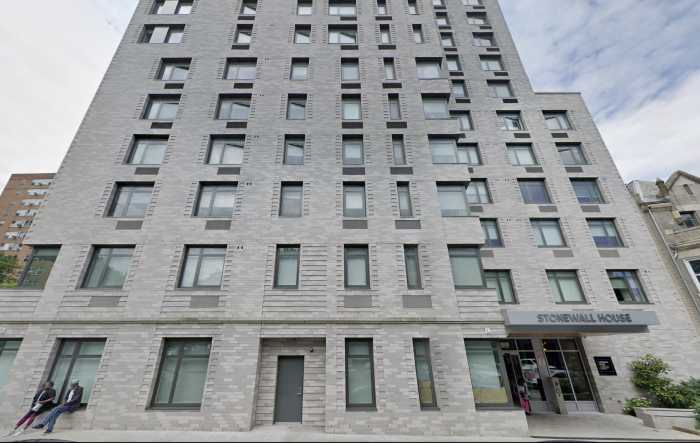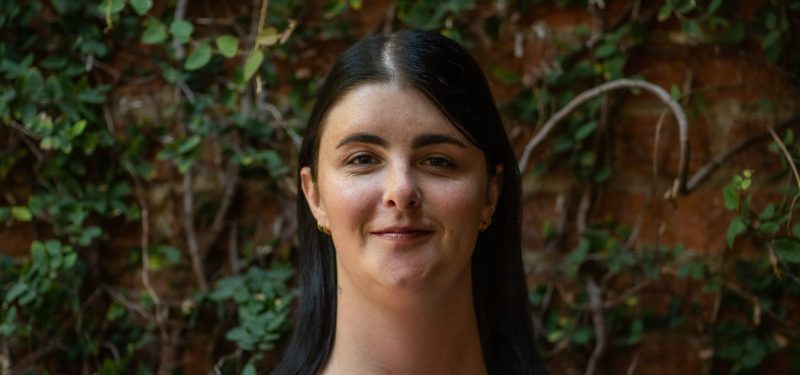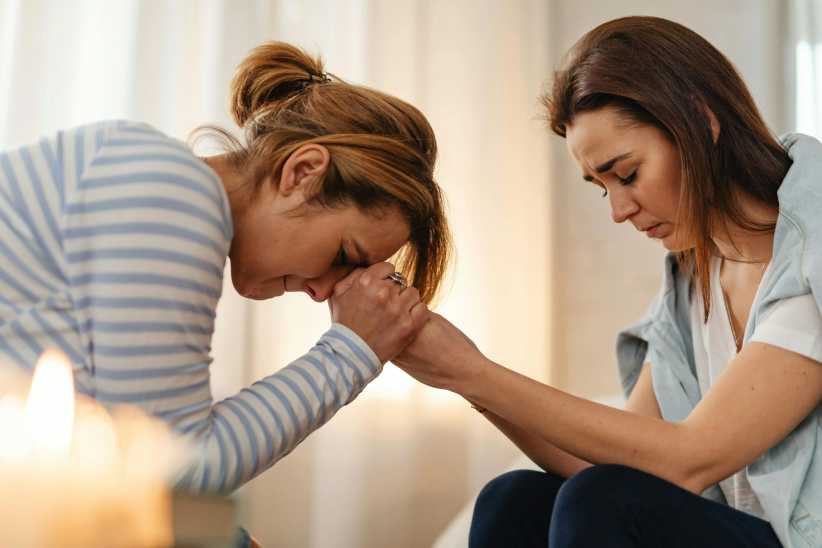The years after World War I and just prior to the Great Depression have been called “The Jazz Age” and “The Roaring ’20s.”
For those who may wonder what it was like to live in our neighborhood during those years and the ones that followed, we have a special treat in the form of a letter from reader Catherine Almstadt, who was born on Jan. 1, 1926.
She writes:
Before my eyes fail me, I want to take this opportunity to stroll down memory lane. I am referring to the 1920s. After reading my story, I am sure the young people of this generation will be very grateful for all of the modern conveniences they enjoy today.
Can anyone these days think or even imagine what life would be like without a television set, an automobile, telephone, refrigerator or steam heat and hot water? What about the latest convenience of a computer? Or, dishwasher, air conditioners and ceiling fans? These things never even entered our minds in the 1920s. But, somehow, we survived it all and as children we were always content and happy.
We lived in the so-called ‘coldwater flat.’ There were two large windows in our huge kitchen and two in the far end of the house. We had a really big yard to grow whatever we wanted and a great big apple tree.
By ‘we,’ I mean my mom, dad, brother, sister and grandma — and occasionally, a cousin or two, or some other relative. I never knew what it was like to have a living room until I grew up.
The long cold winters were very rough on everyone. In those days, we always had lots of snow and blizzards were not uncommon. Very few people owned an automobile. Perhaps, maybe one or two had an old jalopy that had to be hand-cranked to get started. We did, however, have the trolley car on Seneca Avenue. A ride to Myrtle Avenue cost all of three cents. Most essentials were delivered by horse and wagon. My father, who lived to be 93, once told me that when he was a little boy, even the dentist came around to fix teeth by horse and wagon.
As for keeping the house warm in the bitter-cold winters, we had our trusty big black stove in our kitchen; we used ‘Dazzle’ to keep it nice and shiny. Dear Mr. Granieri and Sons delivered the coal through a chute in our cellar window and then we carried it, pail by pail, back to our cellar bin. In order to heat the stove, we used lots of pieces of wood, newspapers and coal. Because there were not many stores nearby, there were many empty lots and that is where we gathered the wood for the stove.
We also had fun roasting ‘Mickies’ in the lot. We would put potatoes on a small fire and they sure were so good to eat. Children were brought up to be responsible in my day. Surprisingly, I never ever remember there being any fires anywhere in our area.
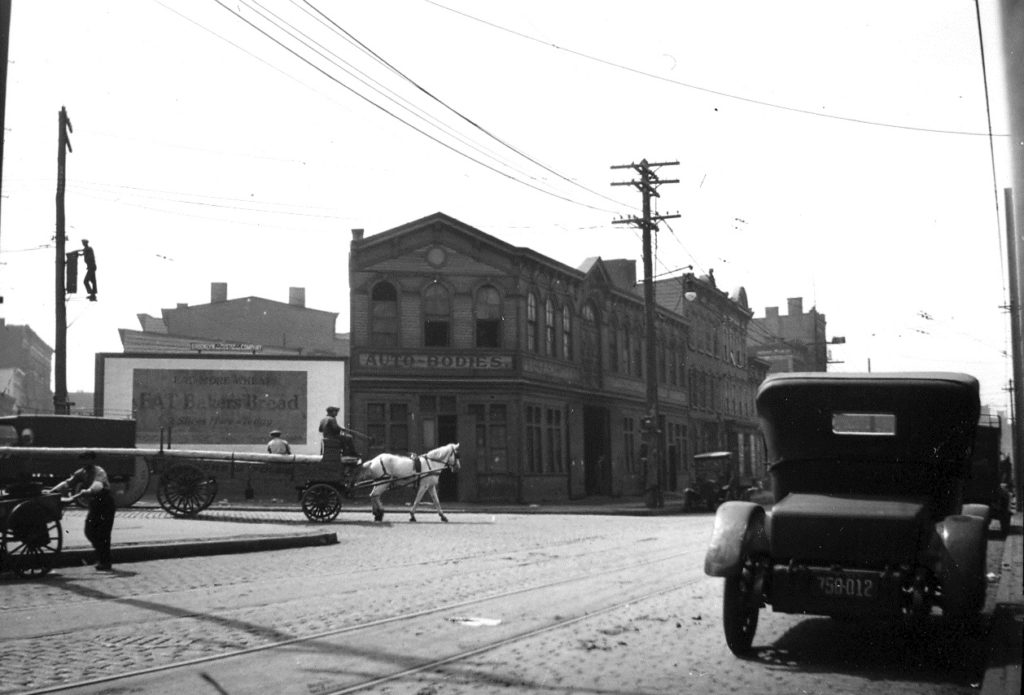
As the day was over and the fire in the stove fizzled out, there were many ashes in the little door below the grate of the stove. We did have a big black flue pipe in the back of the stove for all the smoke to go. As for the ashes, it was my job, as the oldest, to sift through when the stove was not lit. All of the children had chores assigned to them. Somehow, I grabbed a white hot ash and it stuck in my hand. I still have the scar in the middle of my right hand. We had to sift the dead coals so as not to lose a precious piece of coal. Even though, according to today’s standards, coal was a bargain.
At night, my dear mom always made sure we were nice and warm in our beds. We wore Dr. Denton pajamas as they were nice and fleecy and cozy and had the feet in them. She also would crochet nice warm hats for us to wear to bed. We always had nice clean white sheets and very warm blankets. How she got by with no washing machine or dryer I will never know. She would put a big tub on top of the stove and when the water would boil she put the wash in the tub and when it was all clean she put it through a wringer to get out the excess water.
Christmas was always a happy time for everyone. My father would take us around the corner to Nardello’s store and always bought a great big tree. We had many beautiful decorations and always a big Nativity scene made by hand, under the tree.
Children in those days were always surprised at Christmas. We received only one big present each. One year, my sister and I would get a beautiful Dy-De doll all dressed in pretty clothes and the next year, a small doll carriage. My brother would get a big red wagon one year and the next, a set of soldiers and a mold to make more. Lead had to be used and poured in the mold. I was always afraid he would get hurt, so I melted the lead on our stove and he liked the soldiers he made.
* * *
If you have memories to share with us, send an email to editorial@ridgewoodtimes.com (subject: Our Neighborhood: The Way it Was) or write to The Old Timer, ℅ Ridgewood Times, 38-15 Bell Blvd., Bayside, NY 11361. Any mailed pictures will be carefully returned to you upon request.

